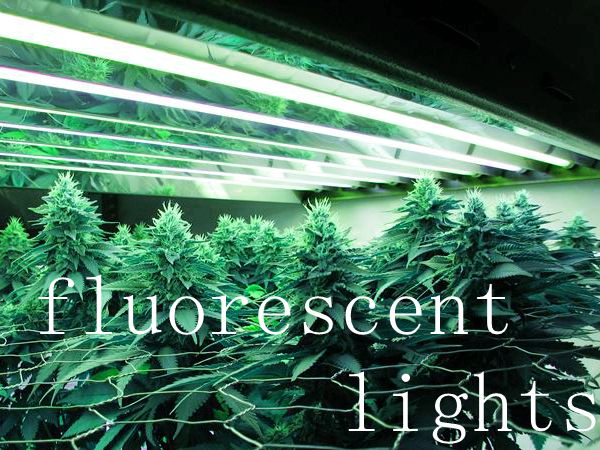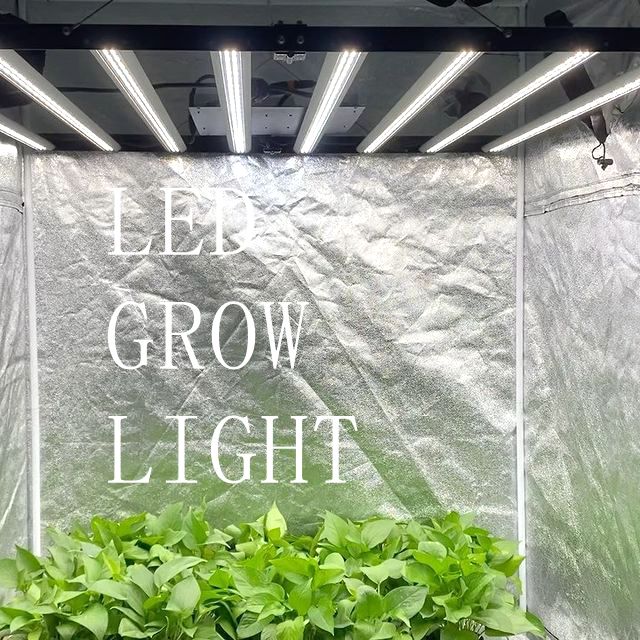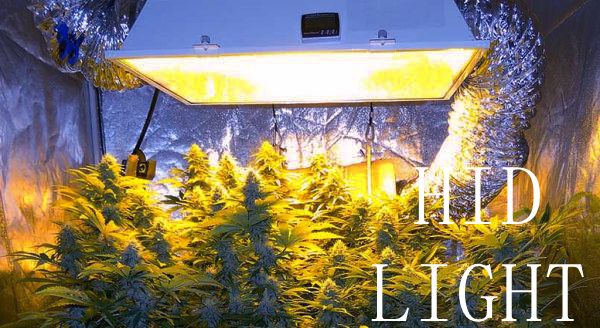The Original Manufacturer Of LED lighting
 RioTinto
RioTinto  2024-12-20
2024-12-20
Basic knowledge of growth light
All green plants need light to perform photosynthesis, during which special cells convert the energy contained in light into sugar. In the process, plants release oxygen.
Seedlings need a lot of strong light, and when they don’t have enough light, they become fragile. In most cases, even the sunniest window still cannot provide the required light intensity or duration, especially in winter.
The amount of light required for plant growth varies greatly, from low-intensity indoor plants to fruity foods that require brighter light.
However,we can control the number of hours of light that plants receive in 24 hours by turning the lights on or off, or more easily through the programmable timer.
Most grow lights provide full spectrum light. Most of the light used by plants comes from the blue and red of the spectrum. They rarely use yellow and green light. Blue light stimulates plant growth (leaves and roots), while red light stimulates plants to produce flowers and fruits.
There are three main types of grow lights
Fluorescent lamp

Standard fluorescent lamps can provide good growth light for indoor plants, seed activation, supplementary natural light from windows, and other conditions with moderate lighting needs. However, their light intensity is quite weak, and they must be placed within a few inches of the leaves to be effective. There are dedicated full-spectrum fluorescent growth bulbs that provide proper light balance for flowering plants.
There are several types of fluorescents including T12, T8, T5, and CFL lights. T12 lights were the ones used for growing at the very beginning when they were just introduced. Basically, fluorescent lights are named according to their diameter, shape, and wattage.
LED plant light

Although they are more expensive than fluorescent lamps, LEDs consume half of the electricity and have a life span of five times longer. In the long run, they exceed their own costs. The LED bulbs in ordinary brick-and-mortar stores are not designed for plant growth. You need special LED bulbs. This is a relatively new technology and gardening suppliers are using it more and more.
The light intensity of the LED extension lamp is much stronger than that of the fluorescent lamp, and it has a full-spectrum form. A simple rule of thumb: When only growing on a few plants, fluorescent lights are usually used. LEDs are best used in larger quantities because you can achieve higher light intensity per square foot. Another advantage of LEDs is that they produce very little heat. When you put a lot of lights in a small space, it is best to use LEDs
The light intensity of the LED extension lamp is much stronger than the fluorescent lamp, and it has a full-spectrum form. A simple rule of thumb: When you only growing on a few plants, fluorescent lights are usually used. LEDs are best used in larger quantities because you can achieve higher light intensity per square foot. Another advantage of LEDs is that they generate very little heat. When you put a lot of lights in a small space, it is best to use LEDs.
HID plant growth light

HID stands for high-intensity discharge. These lights have been a popular choice for years because they’re cheaper, and give great results.Before the advent of LED grow lights, HID (High Intensity Discharge) lights were the main choice for large indoor plants. , but they are expensive to purchase, have low power efficiency, require special lamps and emit a lot of heat. In summary, they are very effective and are still widely used. If you want to grow large plants such as tomatoes or lemon shrubs, HID is a good choice because light can penetrate leaves better than other bulbs.
There are two types of HID bulbs. High-pressure sodium (HPS) bulbs are best for flowering (low spectrum), while MH (metal halide) bulbs require vegetative growth (hyperspectral). These two types are often used in combination. Unfortunately, each type requires its own fixture
Both LEDs and fluorescent lamps can produce full-spectrum light. However, LEDs are more suitable for plants, environments and wallets.